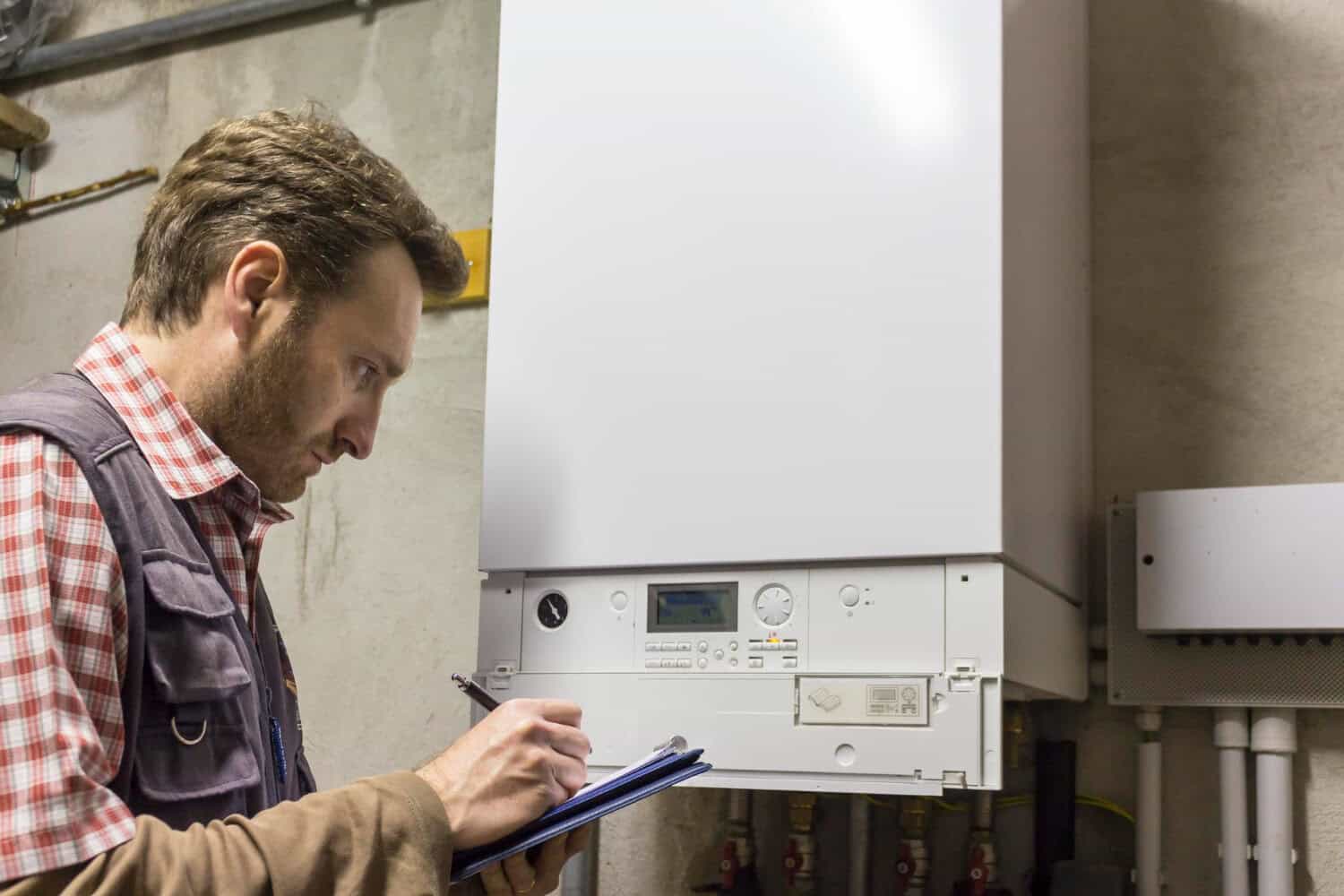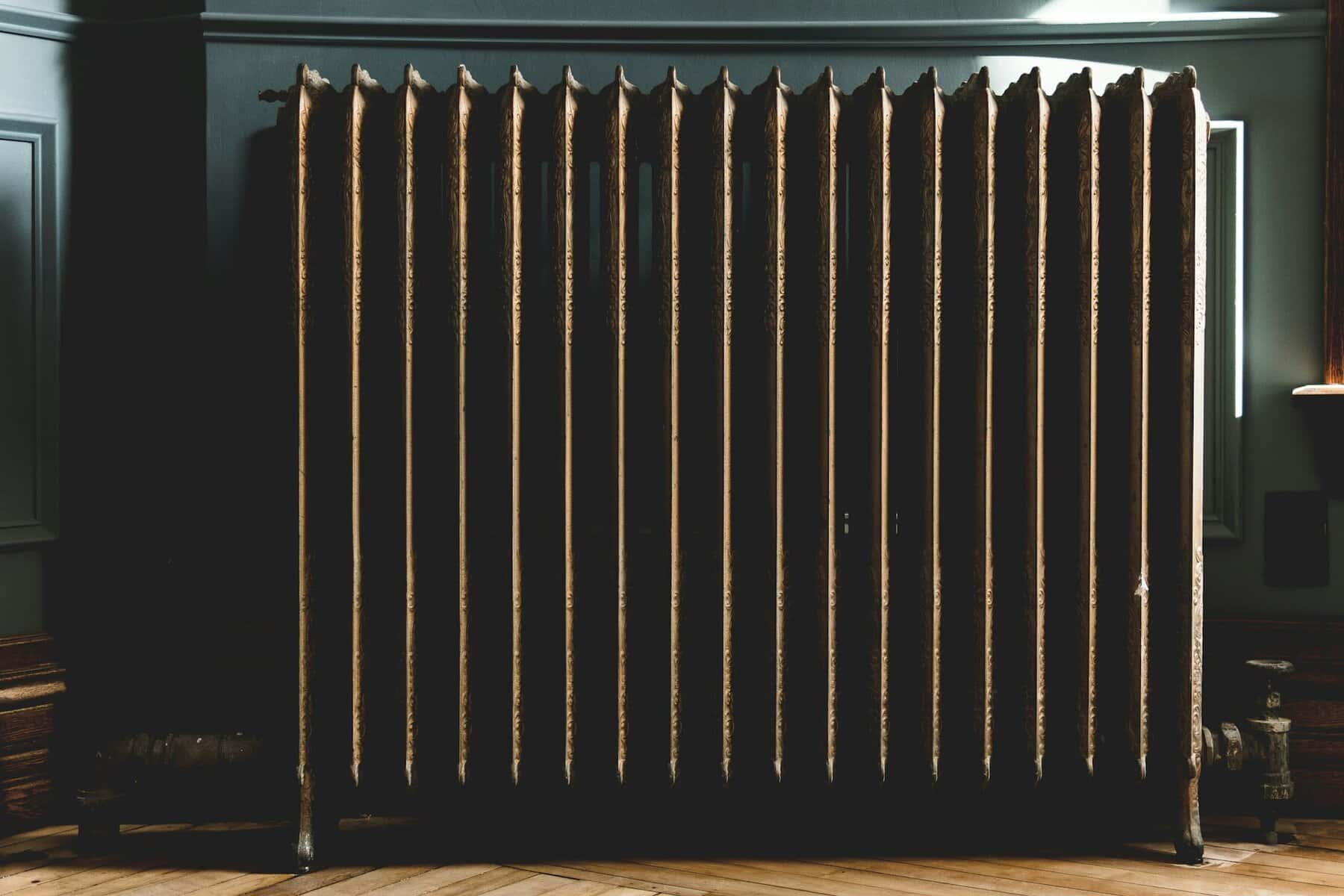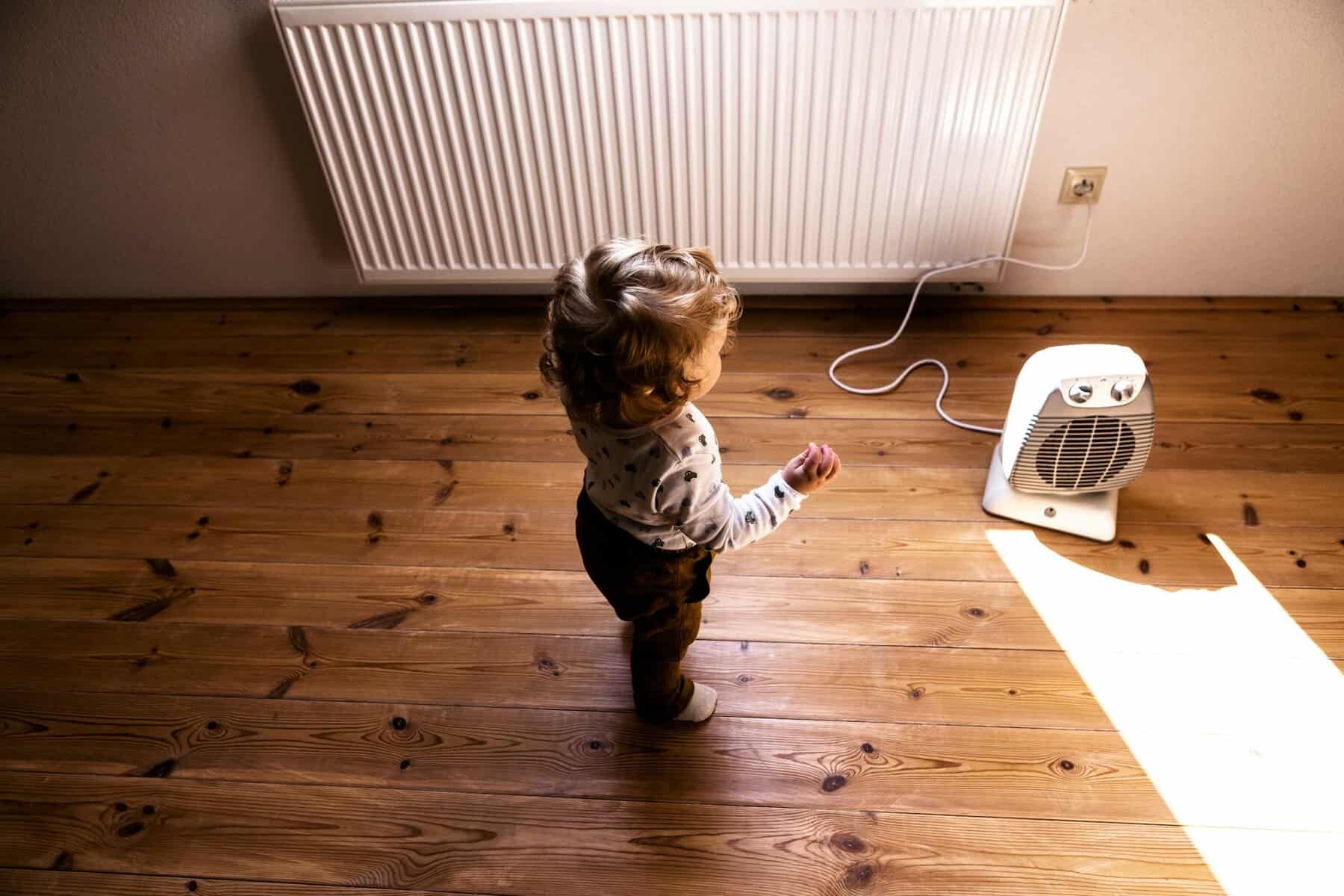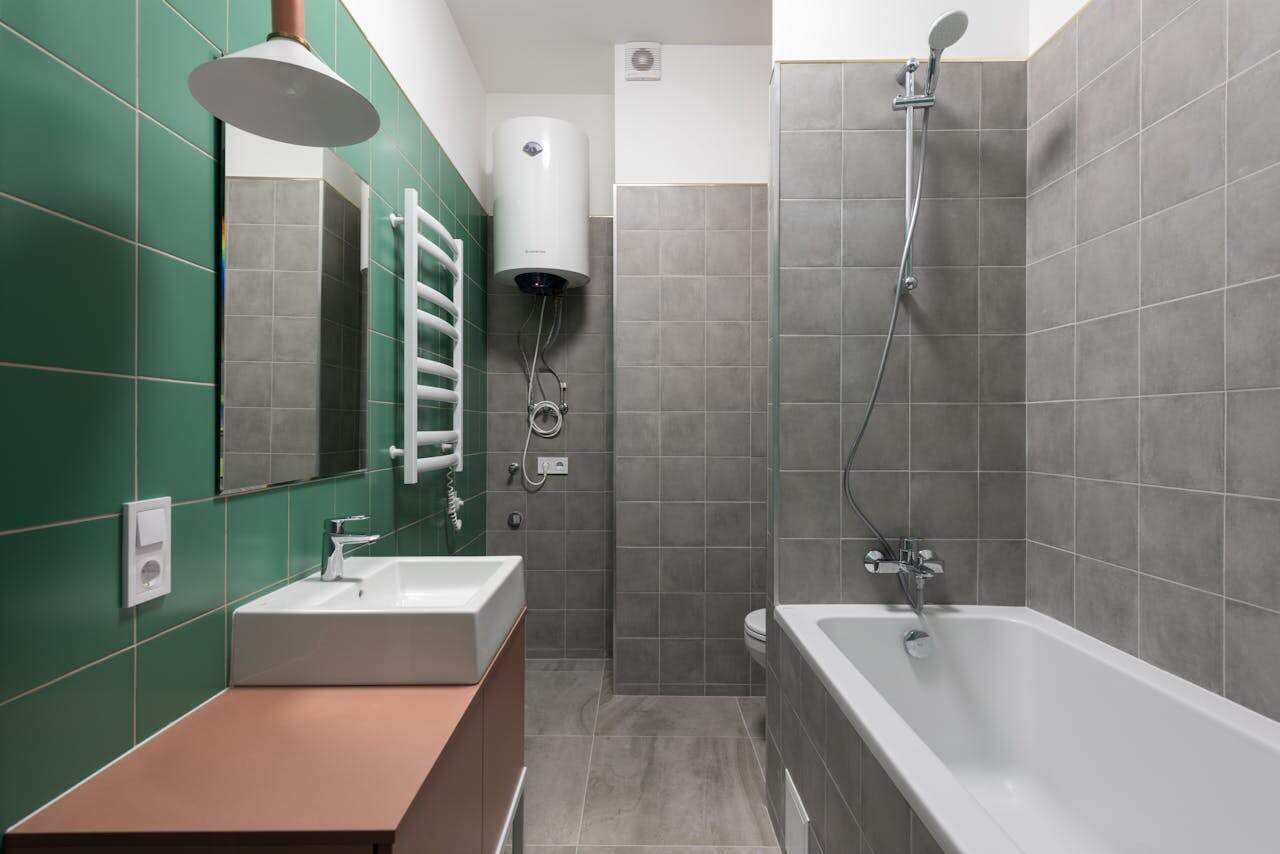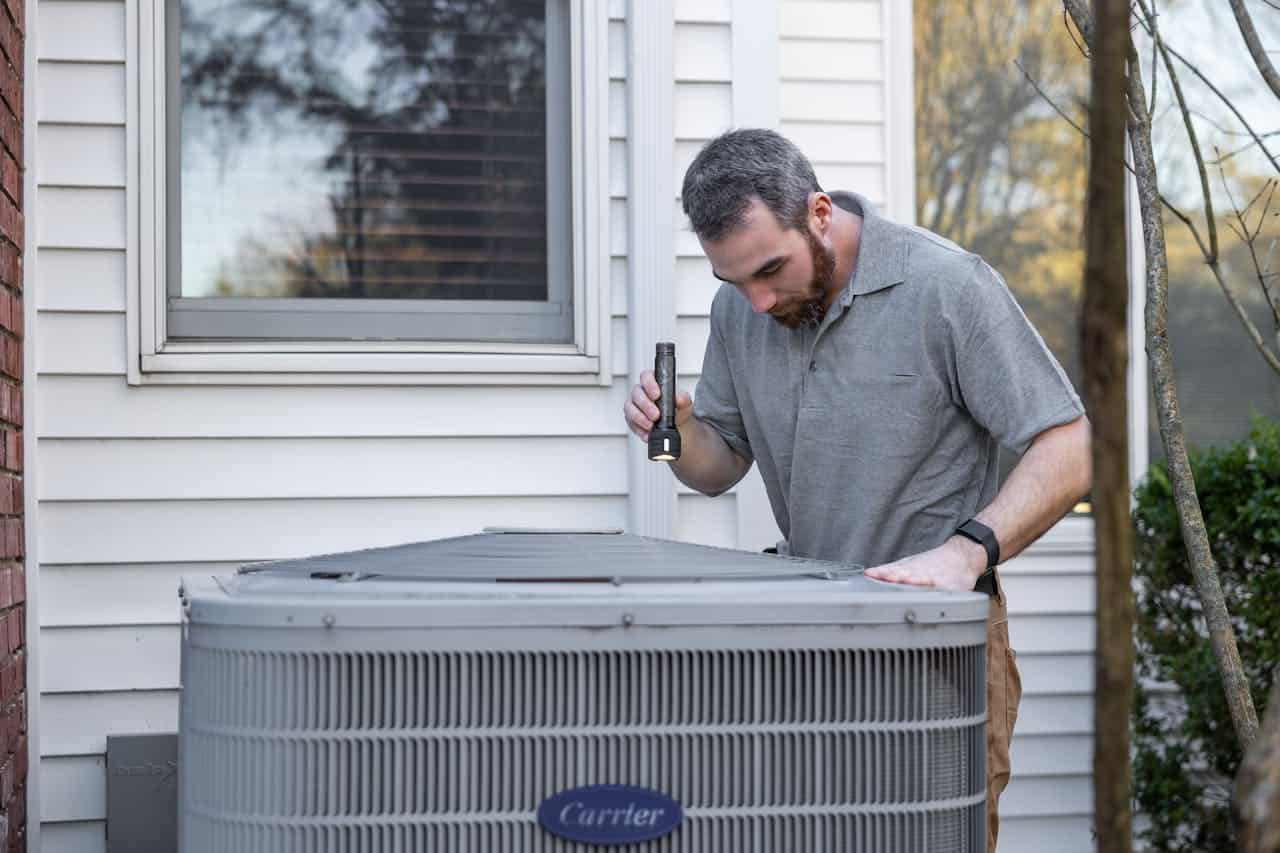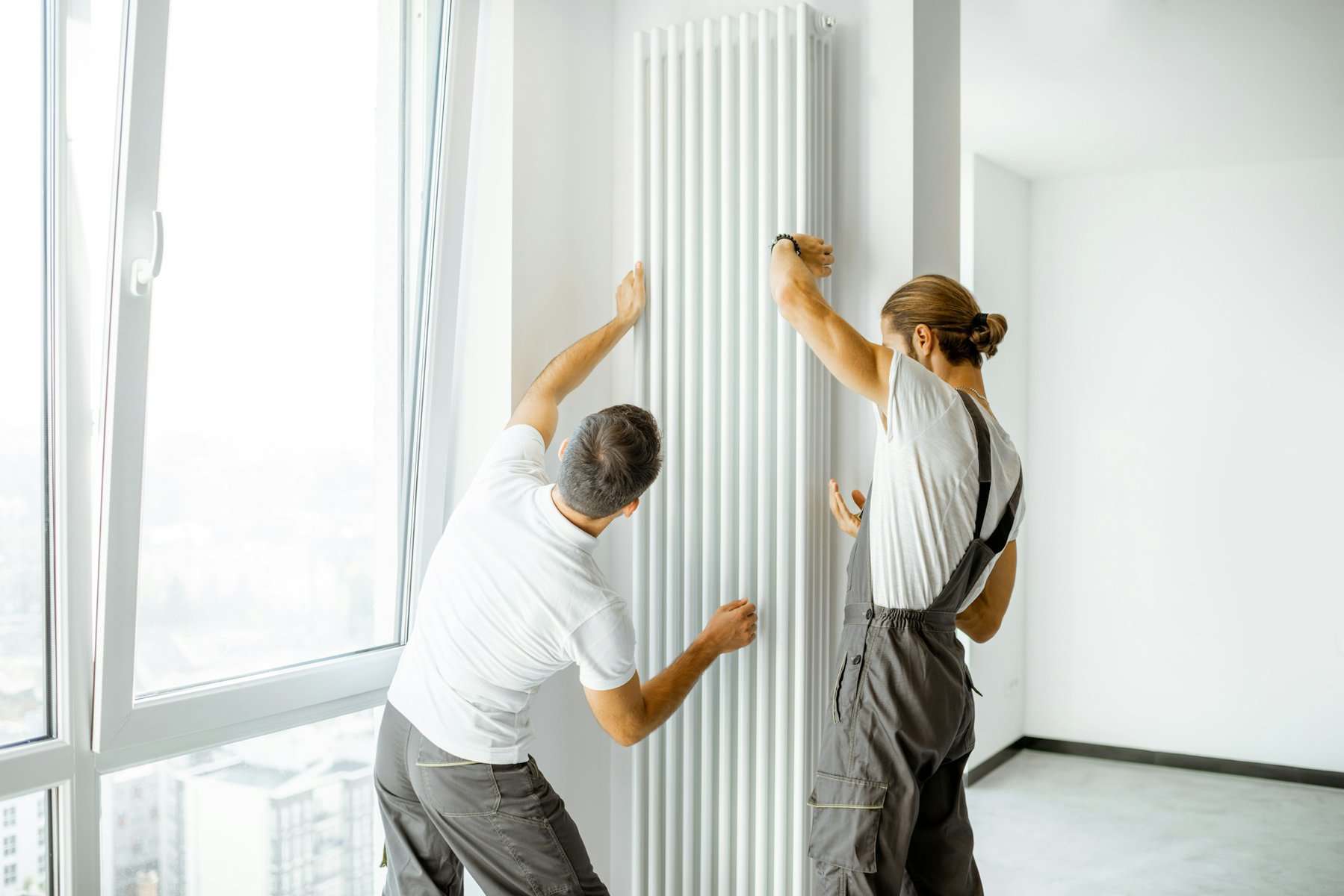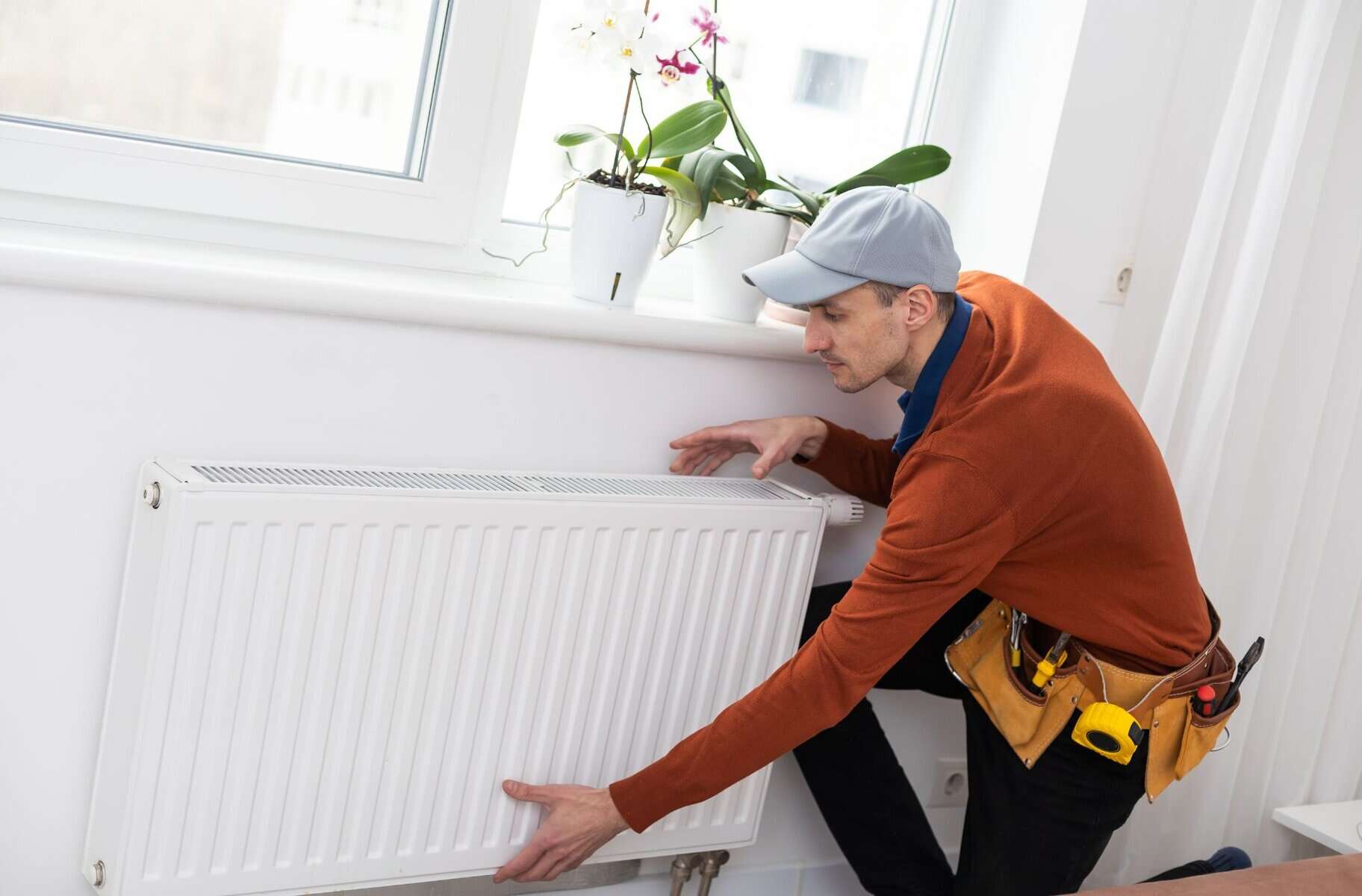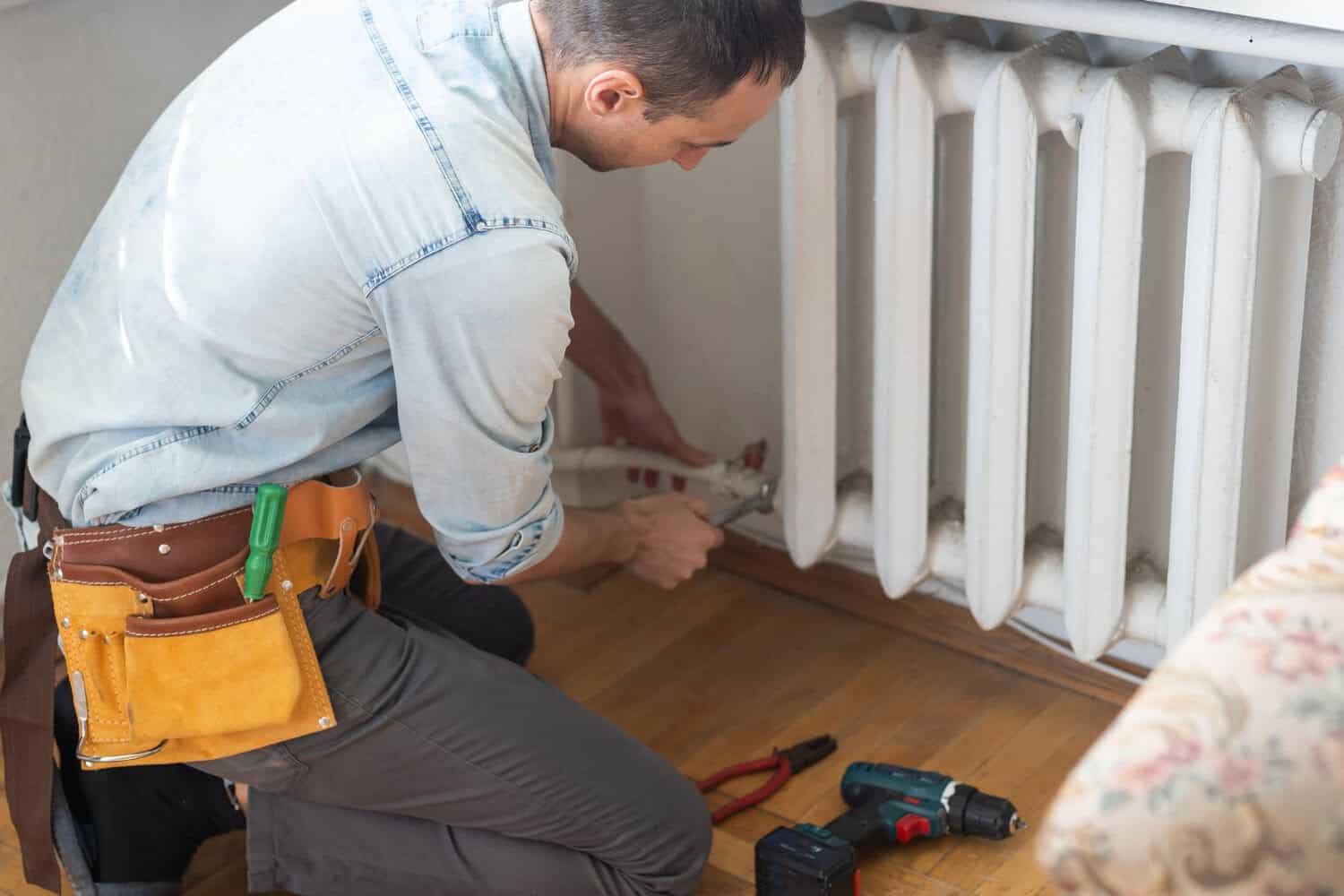Gas boiler heating systems play a crucial role in keeping homes warm and comfortable, especially during the chilly months in Saratoga Springs. These systems have been trusted for their efficient heating capabilities and reliable performance. However, like any mechanical system, they can encounter issues that disrupt their function. Understanding the basics of how your gas boiler works and recognizing the signs of common problems can save you from unexpected discomfort when the cold weather hits.
Addressing issues with your gas boiler promptly is important not just for the comfort of your home, but for safety as well. Ignoring small problems can lead to larger issues and even complete system failures. Keeping your system in top condition ensures not only warmth but also peace of mind. A well-maintained gas boiler operates more efficiently, which can also lead to cost savings on energy bills.
Common Issues with Gas Boiler Heating Systems
When it comes to gas boilers, a few problems tend to appear more frequently. Knowing what these are can help you identify issues early and minimize any disruption to your home’s comfort.
– No Heat or Hot Water: This is perhaps the most noticeable issue, often stemming from a broken diaphragm, valve failure, or thermostat problems. Without heat or hot water, it’s crucial to act quickly, especially in colder climates.
– Strange Noises: Sounds like banging, whistling, or gurgling can indicate an underlying issue. These noises might be due to trapped air, low pressure, or even kettling, which is caused by limescale buildup in the heat exchanger.
– Pilot Light Going Out: If the pilot light keeps going out, it could be due to a faulty thermocouple, which needs immediate attention. Make sure that it’s not something blocking the system or causing drafts around the pilot light.
– Pressure Fluctuations: If the pressure gauge is showing fluctuations, this could suggest a leak in the system or problems with the pressure relief valve. Consistent pressure is key to optimal boiler performance.
– Radiator Problems: Cold patches or radiators not heating up can suggest air pockets in the system or issues with the radiator valve. Regularly bleeding your radiators can help prevent this.
Addressing these issues early not only keeps your system in good shape but also helps avoid more costly repairs down the line. Always consider seeking assistance from professionals who have the tools and expertise to diagnose and fix these problems effectively.
Recognizing these signs and understanding the basics of your gas boiler system can make a significant difference in how you manage its health. Keeping an eye on your boiler’s performance and addressing minor issues promptly can keep your home warm, safe, and cozy all winter long.
Diagnosing and Solving Gas Boiler Problems
When your gas boiler starts acting up, it’s key to figure out what’s going wrong. A simple observation can give you clues about the issue. For instance, if you hear unusual noises, see leaks, or experience inconsistent heating, these signals are essential to monitor.
Here’s a basic checklist to troubleshoot:
1. Check the Thermostat: Ensure it’s set correctly. Sometimes the issue is as simple as readjusting the settings.
2. Inspect for Leaks: Look around the boiler for any signs of leaks. A water puddle might indicate a more severe problem like a faulty seal.
3. Examine the Pressure Gauge: See if the pressure is within the recommended range. Too low or too high pressure can affect performance.
4. Listen to the Boiler: Different noises can indicate different issues. A gurgling noise might mean air is trapped in the system, while banging could suggest kettling.
5. Pilot Light: Check if it’s lit. If not, relighting might solve the immediate issue, but frequent outages can point toward a bigger concern.
Having a professional assess these problems not only guarantees a thorough evaluation but also avoids potential hazards. Regular maintenance every year can prevent these faults, ensuring your system stays efficient and safe.
When to Call a Professional
It’s tempting to try and fix things yourself, but certain signs definitely mean it’s time to bring in an expert. If you notice persistent issues even after basic troubleshooting, it’s wise to get professional help. Things like frequent pilot light outages, mysterious noises that keep returning, or continuous pressure problems shouldn’t be ignored.
Attempting to repair complex problems without the right knowledge can be risky. Professionals have the required expertise and tools, pinpointing issues accurately and offering permanent solutions. For example, a gas leak is hazardous and requires immediate professional attention. Professionals ensure your system meets safety standards and works efficiently.
Preparation for Winter in Saratoga Springs
As cold weather approaches, prepping your gas boiler is a top priority. Start by getting a thorough inspection done before temps dive. This helps catch any underlying problems that might become bigger headaches in winter.
Here are key steps to winter-proof your boiler:
– Schedule a Professional Inspection: Catch issues early before they turn severe.
– Bleed Your Radiators: This clears trapped air, ensuring even heating throughout your home.
– Insulate Pipes: Prevents them from freezing and causing disruptions.
– Check Ventilation: Make sure nothing blocks vents. Proper airflow is essential for your boiler to function well.
– Examine Pilot Light and Thermostat: Make sure both are in working order. Adjust thermostat settings if necessary for upcoming colder months.
The winter season challenges your boiler, but proactive measures keep it running smoothly. Regular care extends the lifespan of your system, providing warmth and safety in your home.
Keeping Your Home Comfortable During Cold Months
Ensuring comfort during the chilly seasons involves more than just having a working gas boiler. It’s about maintaining a cozy and safe environment for everyone at home. Regular check-ups and prompt responses to any issues will help your boiler run efficiently without unexpected breakdowns.
Wrapping up, keeping an eye out for common issues with your gas boiler system and addressing them with professionals ensures your home stays warm and inviting. A well-maintained system not only saves energy but also adds to your peace of mind, knowing that your heating needs are in good hands.
Keep your home warm and safe this winter by ensuring your gas boiler heating systems are in top condition. Regular maintenance and timely repairs can prevent issues and extend the life of your system. If you’re facing persistent problems or just want to get ahead before the cold sets in, consider exploring the benefits of professional heating services. My Jockey offers the expertise to keep your home cozy and energy-efficient all season long.

